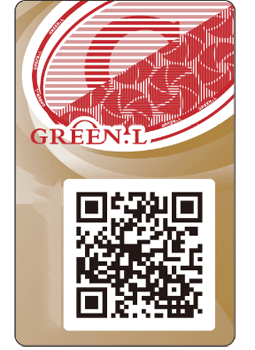News
Our products are mainly used in the field of digital photography, photographic equipment and other related industries.

Our products are mainly used in the field of digital photography, photographic equipment and other related industries.
1. Adjust the tripod's legs for uneven ground
Maintaining balance is essential when shooting in environments such as rocky terrain, forests, or uneven city streets. Most tripods come with adjustable legs that allow the photographer to change the angle and height of each leg independently. To optimize the use of the tripod in these situations, the photographer may adjust the length of each leg to the terrain to ensure the tripod's stability. For example, in mountainous terrain or where rocks are piled up, one leg of the tripod may need to be extended shorter than the other two legs to achieve balance. In addition, some tripods come with retractable spikes on the legs that can dig into soft ground such as mud or sand to provide a sturdier support. If your tripod does not have this feature, you can hang a heavy object, such as a camera bag, on the tripod's central column to add weight and stability. This extra weight helps reduce vibrations and keep the camera steady even on challenging terrain.
2. Adjust for windy or inclement weather conditions
The Camera Tripod setup is essential to keep the camera steady in strong winds or inclement weather conditions. Lightweight tripods tend to sway or vibrate in the wind, and in such environments, it is recommended to use a sturdier tripod made of heavier materials such as aluminum. In addition, many tripods have a hook on the central column to which photographers can attach additional weight, such as a backpack or sandbag, to further strengthen the tripod's stability. This additional weight can greatly reduce wind-induced vibrations and prevent camera movement. In addition, in windy environments, try to avoid fully extending the tripod's central column, as this will increase the height of the tripod's center of gravity, making it more prone to shaking. Instead, photographers should try to keep the tripod's center of gravity low and prioritize using the legs to adjust the height rather than relying on the extension of the central column to maximize camera stability.
3. Adapting to low-light and long-exposure photography
In low light or long-exposure photography, even the slightest movement can result in blurry photos. To optimize the use of the tripod in these situations, first make sure all joints and locks are firmly locked to prevent any accidental looseness from affecting the quality of the shot. If the tripod has a hook, you can add some weight, such as a backpack, to further enhance stability, especially during long exposures. Using a remote shutter release or the camera's self-timer can effectively avoid the vibration when pressing the shutter, thereby reducing the risk of blur caused by manual operation. In addition, many tripods are equipped with a level, which is particularly helpful for landscape or star trail photography. By ensuring that the camera is level, the photographer can avoid imbalance caused by the tilt of the ground, ensuring that the camera remains stable and undisturbed during long exposures, resulting in clear images.
4. Optimizing the tripod in small or crowded spaces
In small or crowded environments, such as urban street photography or indoor shooting, it is important to have a tripod that is easy to adjust and can fit into a compact space. Travel or portable tripods usually have a smaller footprint and are ideal for these environments. These tripods usually have shorter leg segments, making it easier to make more subtle adjustments in limited spaces. For example, in a museum, narrow street or crowded event venue, the photographer may need to quickly adjust the angle without moving the base of the tripod. In this case, a tripod with a flip or reverse folding design can maximize space utilization. When not in use, the legs can be reverse folded to reduce volume for easy transportation and storage. When shooting in narrow spaces, a ball head can provide photographers with flexibility, allowing for quick angle adjustments without having to reposition the tripod, which greatly improves the efficiency and flexibility of shooting.
Our products are mainly used in the field of digital photography,
photographic equipment and other related industries.
 +86-0575-89285107
+86-0575-89285107
